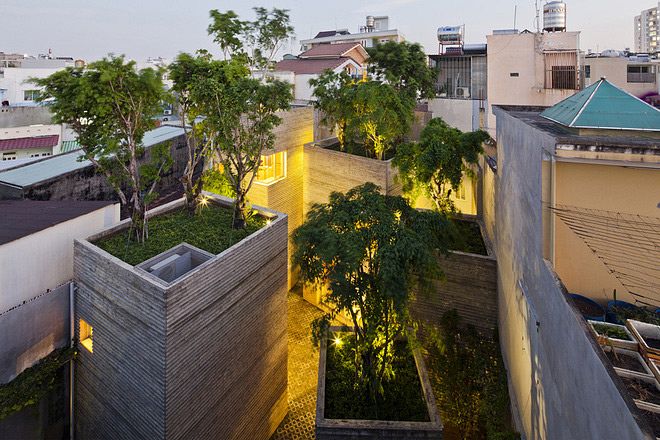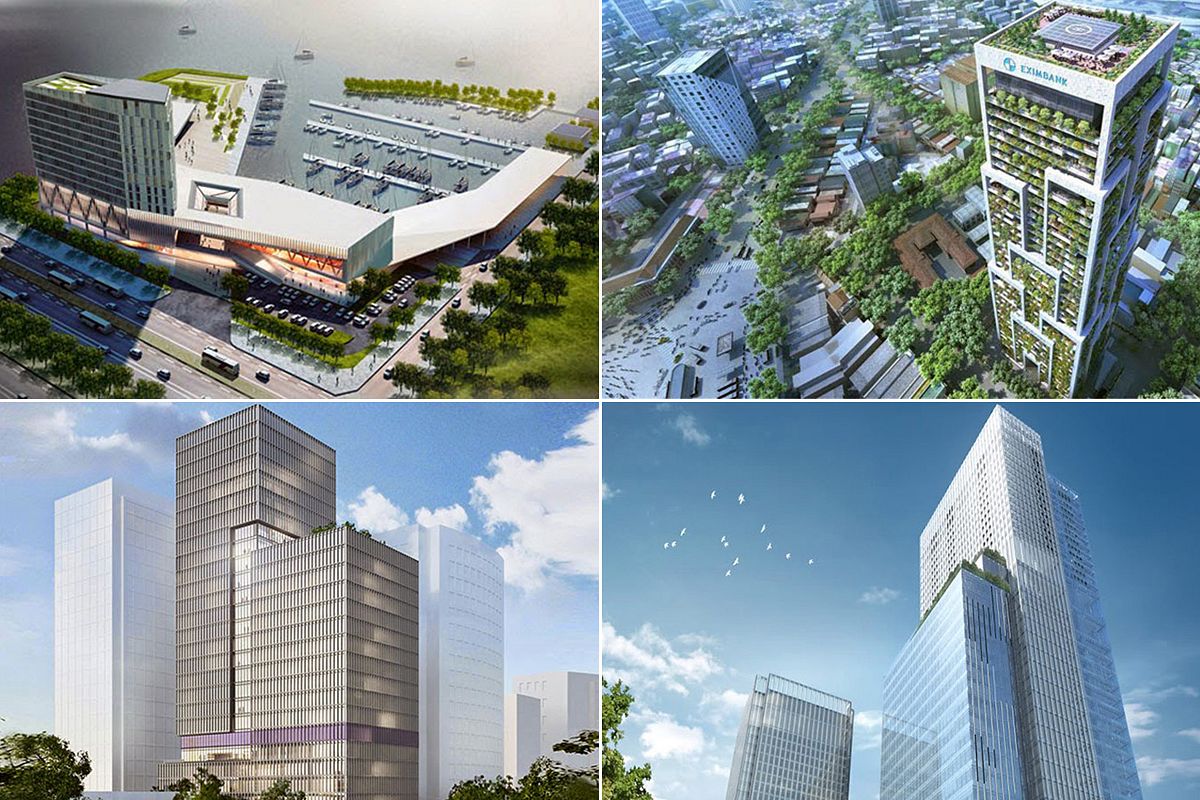To put it mildly, Saigon has a complicated relationship with cars. For two-wheeled drivers, the gas-guzzling road beasts are at best an inconvenience, while their fellow four-wheeled friends are more than happy to sit in traffic with the benefit of air-conditioning and a good soundtrack.
However, when it comes to the country as a whole, Vietnamese officials can't seem to make up their mind as to whether the recent influx of cars is a good or bad thing. Just a few years ago, Saigon was planning to avoid the car age altogether; in 2015, however, car sales ballooned 58% over the previous year and Saigon was averaging 139 new cars registered everyday.
But as we move into 2016, there will be ever more changes to the landscape of Vietnam's car industry, thanks to a wholly confusing set of new tax regulations surrounding imported vehicles. While this may help to stem the unchecked flow of cars into the country, it also sends a confusing message to both consumers and car companies alike: what, exactly, is Vietnam's stance on four-wheeled vehicles?
According to VnExpress, the new year saw a substantial price hike for imported cars, as Governmental Decree 108 increased taxes on all imported vehicles under 24 seats. The new regulation now applies the tax to a vehicle's base price rather than its wholesale price, bringing advertising and shipping costs into the mix. As a result, car dealerships across Vietnam have had to increase their prices by tens or even hundreds of millions of dong.
“Even with this small change, the car price goes up nearly 20%, and that doesn't take into account advertising costs or profitability,” the unnamed representative told VnExpress.
One potential buyer, Thinh, told VnExpress he had plans to purchase a Mercedes GLE 400 4Matic late last year, however since 2016 rolled around, the car's taxes have gone up by an additional VND200 million (US$8,922), bringing the total cost of the vehicle to VND3.5 billion (US$156,135).
“Everyone thought the price would fall, not increase,” Thinh told VnExpress regarding 2016's policy changes. “I'm recalculating because the amount I'd have to spend is too much.”
Thinh's statement isn't entirely wrong. Taxes have, in fact, decreased on ASEAN imported cars, dropping from 50% to 40% in 2016 thanks to the ASEAN Trade in Goods Agreement. According to VnExpress, car taxes for ASEAN imported vehicles are set to decrease again next year to 30% before being eliminated altogether in 2018.
With these two contradictory regulations at play, it's unclear what Vietnam's stance is on vehicle ownership. On the one hand, tax cuts to ASEAN vehicles seem to affirm the auto industry's push into Vietnam and the ever-increasing demand of middle-class consumers to own four-wheeled vehicles. Car imports doubled in 2015 alone, and high-end vehicle producers like Maserati are making inroads in the country. But while nearly 42,000 new cars hit Saigon's streets in 2015, the resulting traffic spells disaster for the city's infrastructure and promises a migraine of epic proportions for the municipal government.
For this reason, city officials hiked car registration fees back in September, sending the total registration cost for large vehicles to VND11 million, five times the previous price. Still, four-wheeled vehicle registration went up 39% in 2015. While financial penalties seem to have little effect in discouraging consumers against automobile ownership – Vietnam's car prices are among the highest in Southeast Asia – city officials have even entertained the idea of limiting car usage in the city, but it seems Pandora's box has already been opened.
So much for avoiding the car age.
[Photo via Myanmar Business Today]














